Review
The DS 7 Crossback has many of the right ingredients to succeed, as Simon Harris discovers in the first drive.
It’s just over three years since PSA management decided to separate DS models from the Citroën line-up and attempt to create a stand-alone luxury automotive brand.
During that time, the DS 3, DS 4 and DS 5, all conceived under Citroën, have been revised to give them more of a separate identity, but the DS 7 Crossback, due in the UK from February, is the first new model developed since the brand’s launch.
DS 3 aside, which although a relatively strong volume model is now in the twilight months of its current lifecycle, the DS 7 Crossback certainly has the potential to make DS Automobiles more visible in the UK and among company car drivers.
Priced as a premium C-sector SUV, with a presentation slide of rivals at our press conference showing the Audi Q3, BMW X1, Jaguar E-Pace, Range Rover Evoque and Volvo XC40 as rivals, the DS 7 Crossback is larger than most of its competitors, offering more space and improved passenger comfort.
Developed from the same platform as the Peugeot 3008 and 5008, the DS 7 has a slightly longer wheelbase than the seven-seat Peugeot and a number of unique features that befit its upmarket status, such as the availability of an active suspension system to smooth out bumps or potholes in the road.
The DS 7 Crossback range will launch with 180 PS 2.0-litre Blue HDi diesel automatic versions in February, with 225PS turbocharged 1.6-litre auto petrol versions and a manual 130PS 1.6 Blue HDi to follow in March.
There will be a range-topping plug-in hybrid launched in the second half of 2019, using front and rear electric motors, giving the car four-wheel drive capability, and an expected total power output of around 300PS.
For now, the entry level Elegance grade is only available with the 130PS diesel, and gives the range its £27,995 P11D value start point.

Elegance features 18-inch alloy wheels, autonomous emergency braking, lane departure warning, speed limit recognition, rear parking sensors, eight-inch touchscreen with Mirror Screen and Android Auto and Apple CarPlay functionality, dual-zone climate control, two rear Isofix mounting points and a space-saver spare wheel.
The Performance Line grade adds unique styling features and larger alloy wheels, adaptive LED headlights, rear side and curtain airbags, a 12-inch HD touchscreen and 12.3-inch digital instrument display, Alcantara dashboard, door and centre console upholstery, sat-nav, voice recognition and the option of DS Active Scan Suspension (priced at £1,000).
Prestige has a standard pack of advanced safety features, heated front seats with a massage function and electric adjustment, electrically adjustable and folding rear seats, two-position boot floor, wireless smartphone charging, and standard Active Scan Suspension on BlueHDi 180 and Puretech 225 models.
Ultra Prestige is the range-topping grade, and comes with 20-inch alloys, panoramic opening glass sunroof, remote tailgate opening, keyless entry and start, laminated side windows, upgraded audio, adaptive cruise control with ‘stop and go’ function for traffic and park pilot on eight-speed auto versions, with park assist on other transmissions.
Active Scan Suspension uses a camera to monitor the road ahead and prime the suspension to absorb bumps or potholes ahead and minimise cabin discomfort.
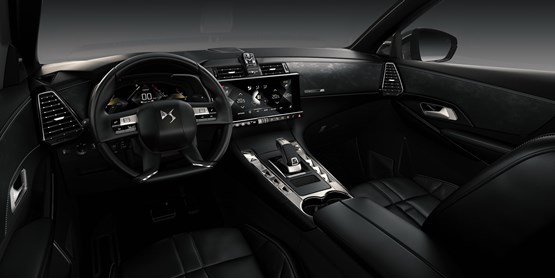
It only works when the ‘comfort’ drive mode is selected, as DS says the benefit in the car’s default ‘normal’ mode is offset by a greater degree of body roll when cornering.
It does appear to work, however, and even when not in ‘comfort’, the DS 7’s ride is rather more compliant and comfortable than a Q3 or X1.
Night vision, with enhanced images displayed on the digital dashboard, is also one of the high-tech features available on the DS 7.
We spent most time in the BlueHDi 180 (there were no BlueHDi 130 models available on the event), and it seems to suit the car well, with ample performance and excellent comfort most of the time.
It’s a little disappointing that the ride, although comfortable most of the time regardless of driving mode, remains a little fidgety at higher speeds.
The interior design is trying to create its own identity, with substantial window switches on the centre console and angular dials on the digital instrument panel.
Not sure it works entirely well, but the DS 7 Crossback certainly couldn’t be mistaken for something else.
France has a long history of luxury brands, in automotive and in other sectors.
The DS 7 Crossback has many of the right ingredients to succeed, but the UK market, with its well established hierarchy of premium brands, will prove a tough one to crack.
Model tested: DS 7 Crossback 2.0 BlueHDi 180 auto Performance Line
Author:
Simon Harris
Specs
| Manufacturer | DS Automobiles |
| Model | DS 7 |
| Specification | DS 7 Crossback SUV 2.0 BlueHDi 180 DPFR SS €6 Performance Line EAT Auto8 18MY |
| Model Year | 0.00 |
| Annual VED (Road tax) | £0 |
| BIK List Price | £36,120 |
| CO2 | 128g/km |
| BIK Percentage | 30% |
| Insurance Group | N/A |
| CC | N/A |
| Fuel Type | Diesel |
| Vehicle Type | SUV and Crossover |
| Luggage capacity (Seats up) | 5litres |
Running Costs
| P11D | £36,120 |
| Insurance group | N/A |
| Fuel Type | Diesel |
| Cost per mile | 102.59ppm |
| Fuel | 9.52ppm |
| Depreciation | 90.78ppm |
| Service maintenance and repair | 2.29ppm |
Rivals
Info at a glance
-
P11D Price
£36,120
-
MPG
57.6 -
CO2 Emissions
128g/km -
BIK %
30% -
Running cost
3 Year 60k : N/A 4 Year 80k : N/A -
Fuel Type
Diesel

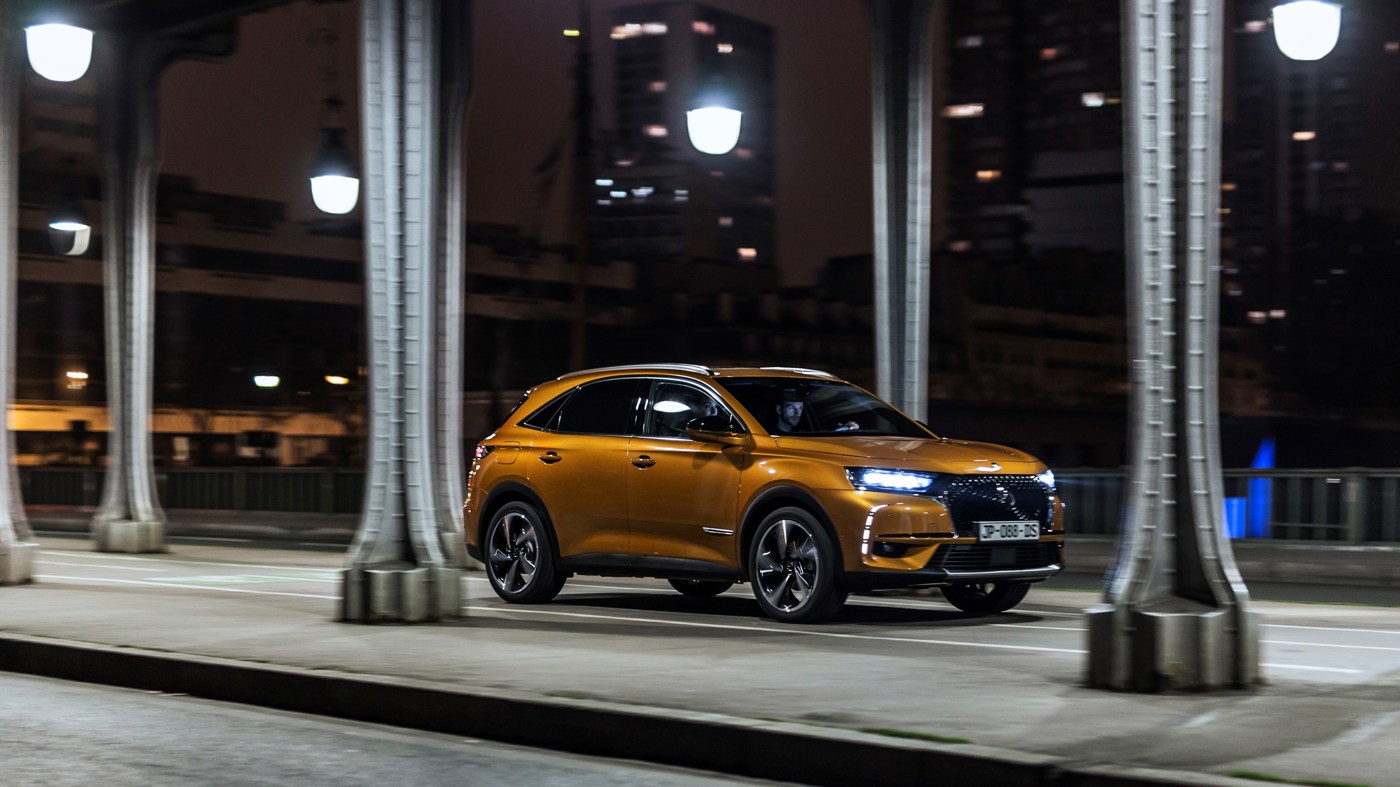




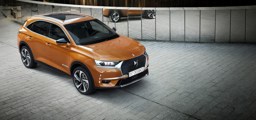
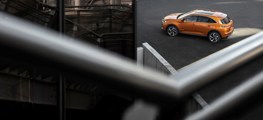

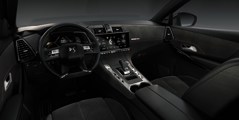



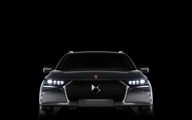

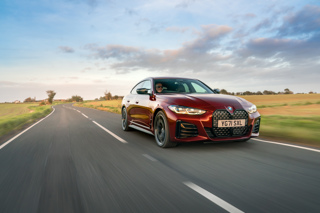
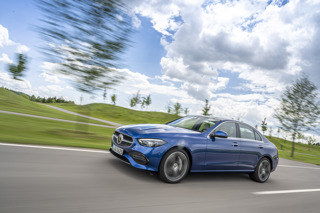
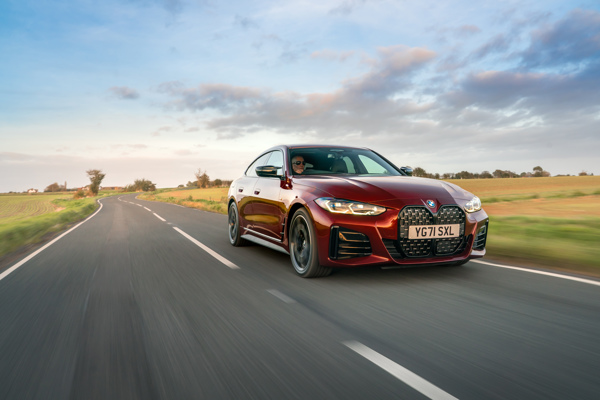
 Diesel
Diesel
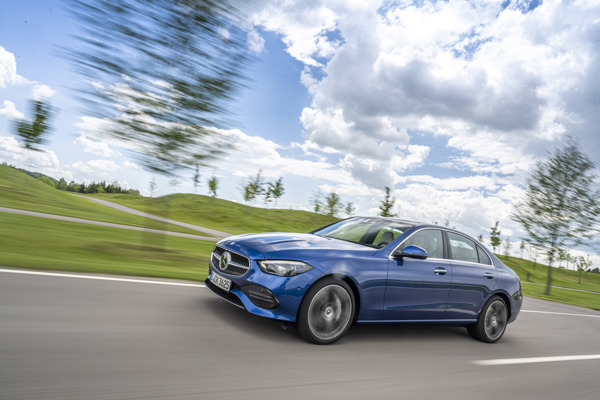




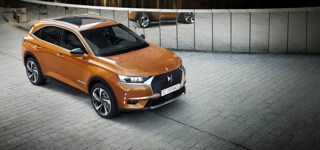
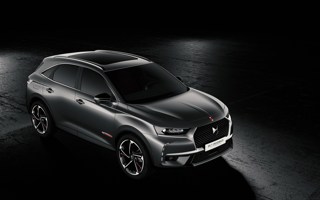
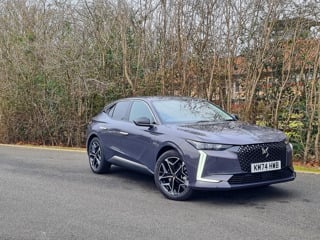
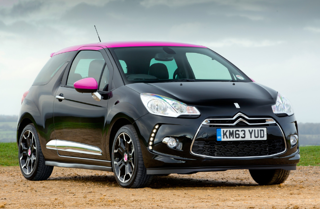













bob the engineer - 29/01/2018 16:24
Pah! range topping! No one wants night vision, laser cannons, massaging seats and a breadmaking machine in the glovebox. Just make it with the usual basic equipment, the hybrid powertrain and a refined drive and get it on sale at £30K. Too much unwanted stuff, too expensive, too late. That is the problem now, car makers employ too many bored electronic toy engineers and not enough automotive engineers. This is going to bomb sadly.